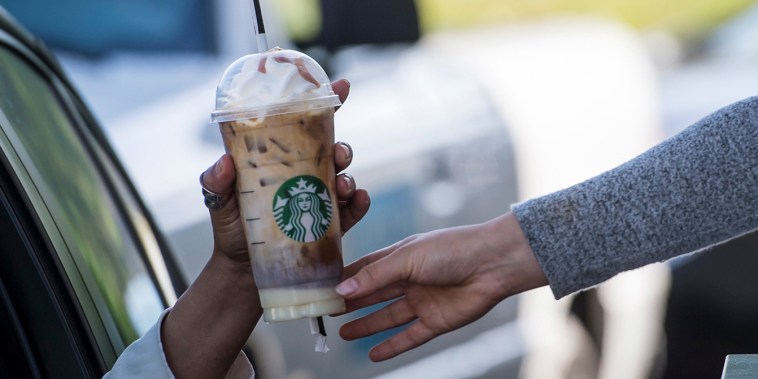The heart of Starbucks’s strategy for its stores involves a blend of technology, partnerships, and an emphasis on the customer experience. Let’s delve further into the details of how the renowned coffee chain plans to revamp their store design, digital targeting, customized offering and menu changes with an eye toward maximizing value for customers.
The inclusion of more drive-throughs is likely one of the most noticeable changes customers will notice about Starbucks stores in the future. Since drive-throughs are significantly more profitable than walk-in stores, this is a strategic move that also fits well with a new era where customers prefer convenience and minimal physical interaction. The pandemic catalyzed this change, but it’s something that Starbucks had been playing with even prior to COVID-19 due to the increasing prevalence of mobile ordering and digital payments.
The coffee giant also plans to diversify store formats to cater to different customer preferences and demands. Express stores and mini-footprints are set to pop up in busy pedestrian areas. Meanwhile, Pick-up only Starbucks, inspired by the success of Starbucks Now in China, are optimized for customers who order ahead and pay via the Starbucks app. There will also be greater investment in Starbucks Reserve Roasteries, a way to preserve the premium experience associated with the brand.
In terms of technology advancements, the company also plans to harness advanced analytics to personalize marketing messages. The Starbucks app, which has played a fundamental role in the company’s digital success, will be constantly updated to improve the user experience. It will continue to offer benefits such as free coffee and birthday rewards, making every customer feel special and valued.
Starbucks is also enriching their partnerships with third-party delivery platforms. Given the increasing demand for home and office delivery, Starbucks has partnered with Uber Eats and other delivery services to ensure the quick and efficient delivery of their products. Mobile order and payment options are also to be extended and enhanced, in a bid to increase speed and convenience for the consumers.
We can also look forward to seeing changes in the Starbucks menu. Offering a variety of plant-based options is a key initiative in the pipeline. This is in response to the growing demand from customers for healthier and more sustainable options. Starbucks is also in the process of expanding its selection of ‘grab and go’ items, recognizing the growing trend of customers seeking quick and easy meal options.
To improve in-store customer service further, Starbucks plans to use technology to automate repetitive tasks therefore, freeing up baristas to focus more on customer service, stimulate engagement and enhance customer relationships.
Finally, Starbucks is keen on GPS tracking for mobile order-ahead customers. With the help of this tool, baristas will start creating an order when customers approach the store. This will ensure that customers always get freshly made coffee, increasing overall customer satisfaction.
In conclusion, Starbucks’ strategies to improve its stores gravitate around customer’s changing lifestyle and technological advancements, as well as preserving the premium branding and offering several agile ordering methods. The changes that Starbucks stores will undertake represent both the company’s adaptability and commitment to improving the customer experience.




